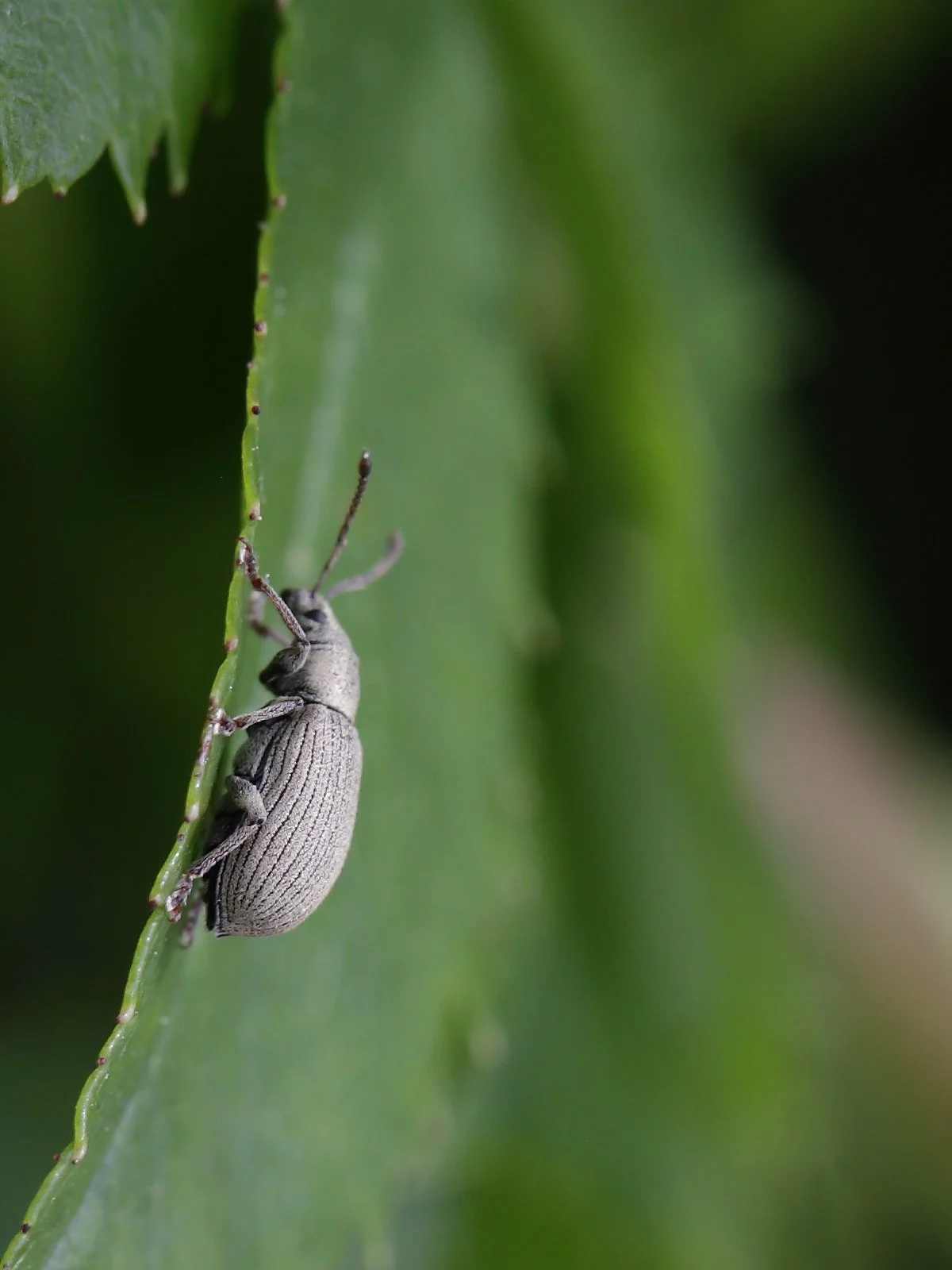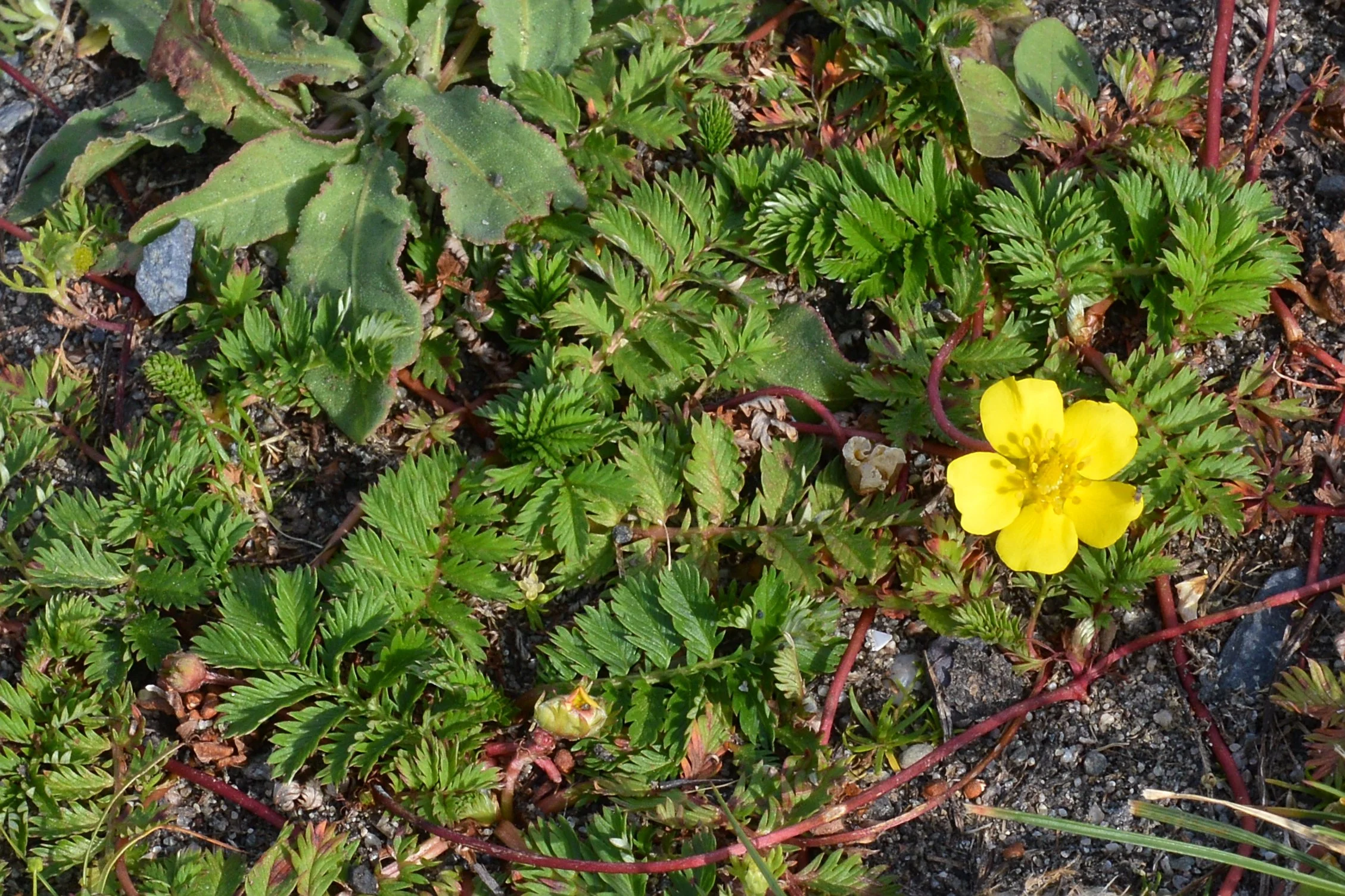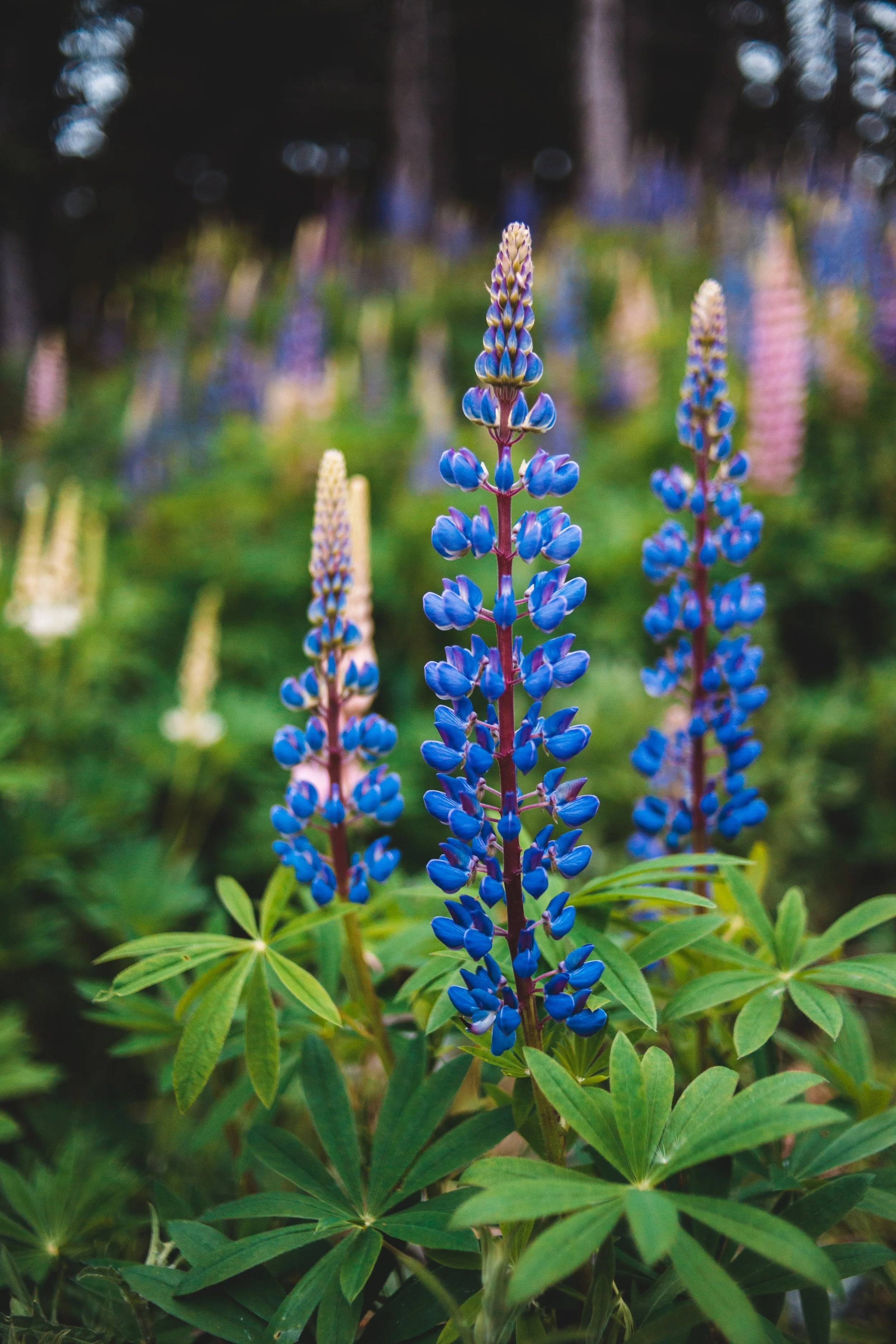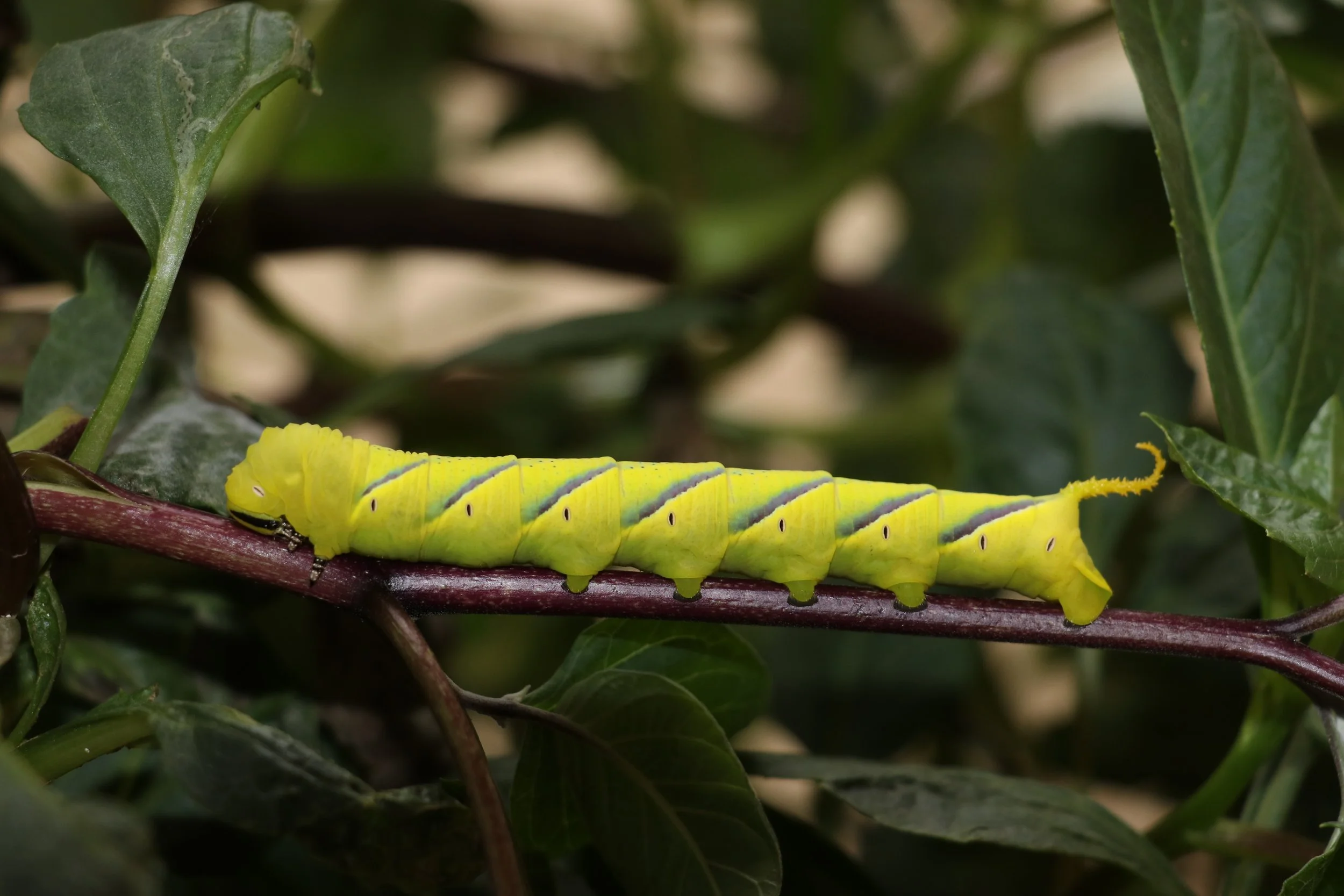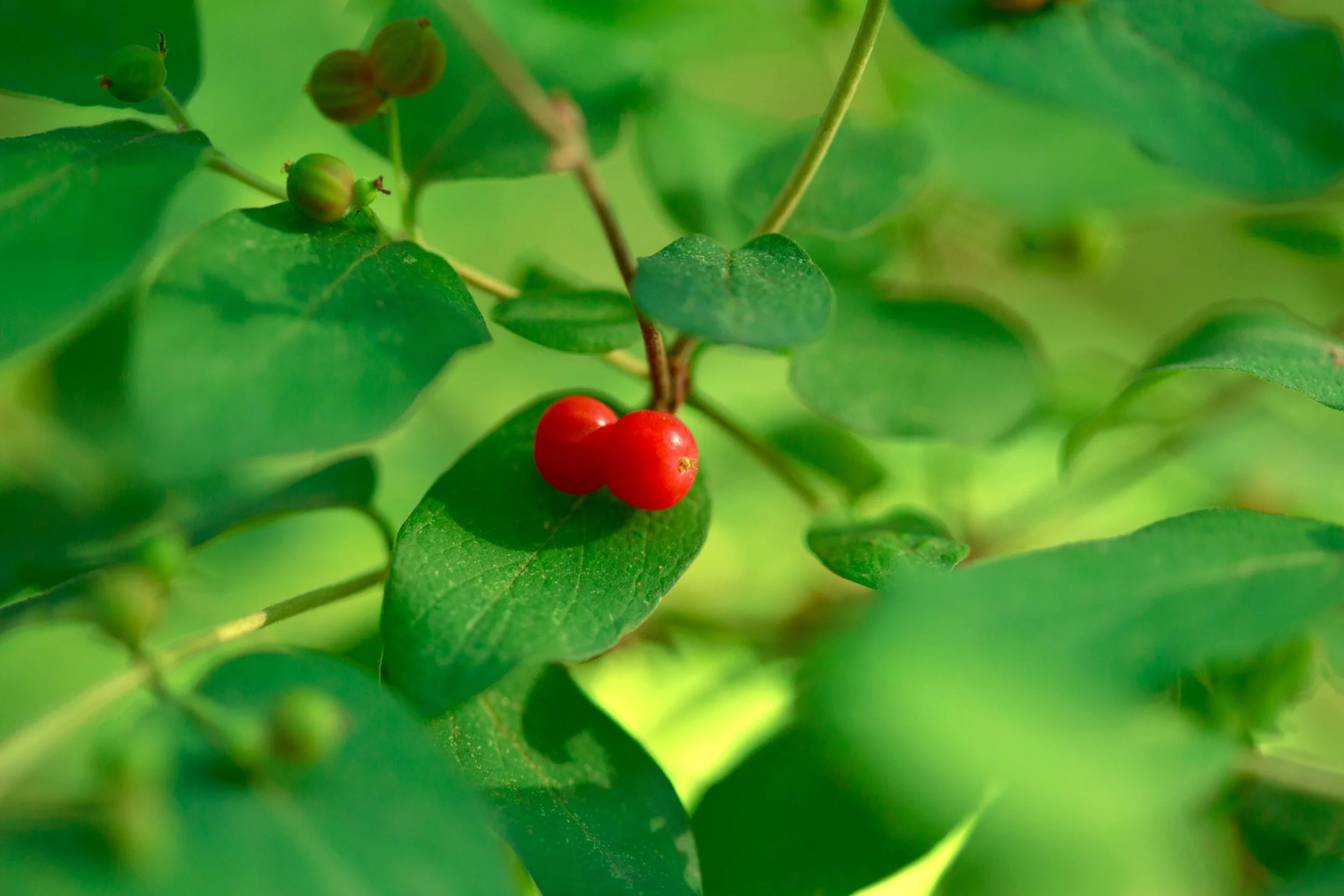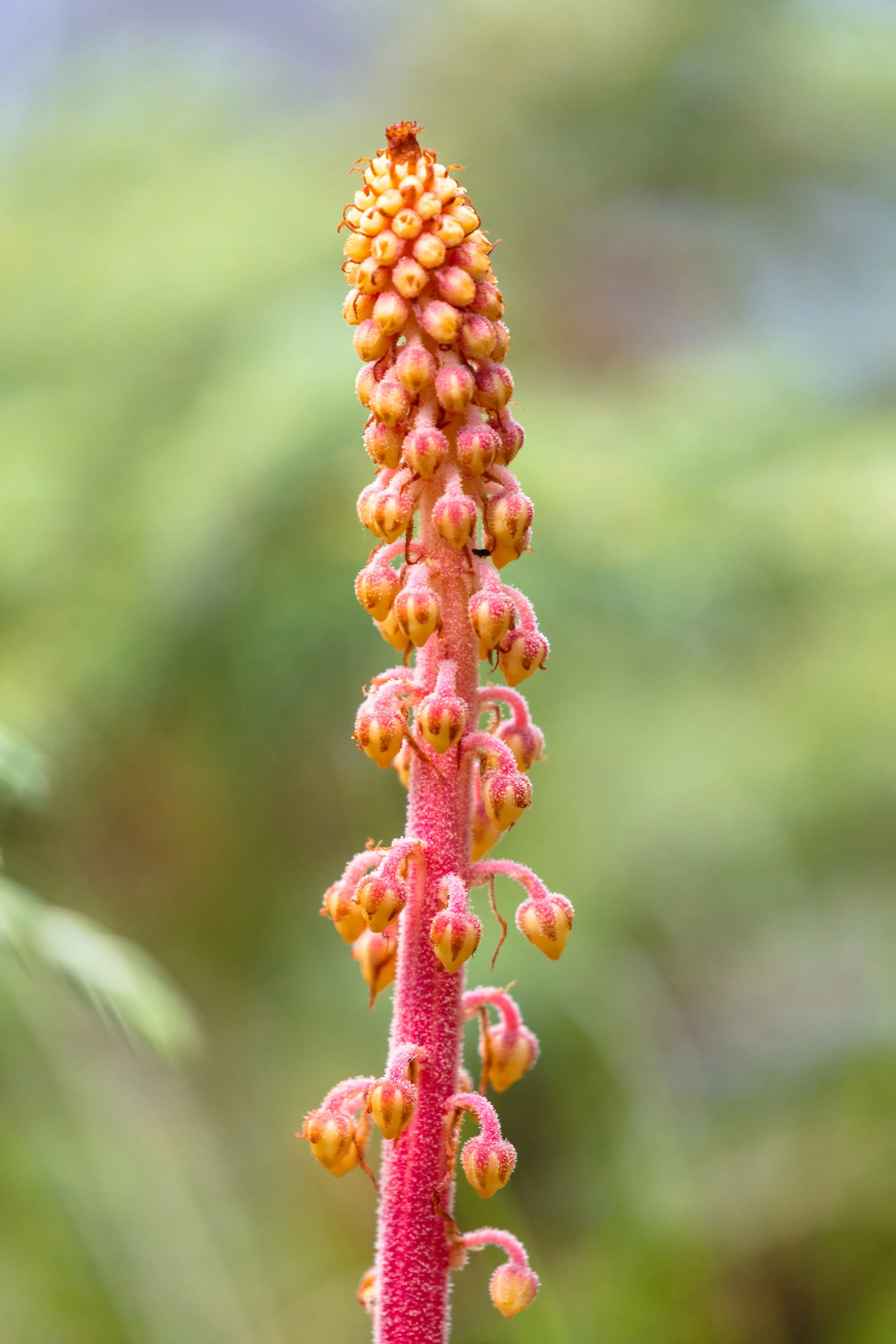The Landmark Series: Behind the Bandana, Grand Prismatic, Yellowstone National Park
Guest User
If Mother Nature is an artist, The Grand Prismatic Spring is her pallet. This destination was a no-brainer choice to feature on a bandana. This unique and diverse landscape represents the resilience of species that thrive near the geothermal wonders of the world.
Paint yourself a picture: Imagine you are standing on the boardwalk, surrounded by the unique scent of sulfur that permeates the air. Beneath the earth's surface, where restless energy churns and boils, the vibrant bands of firey orange, yellow, turquoise, and emerald gracefully encircle the deep blue waters of the spring, forming a surreal visual symphony.
These colors are created by pigmented bacteria and microbial species that thrive in the warm, mineral-rich waters of the spring. But the Grand Prismatic is not just a feast for the eyes. It is a living, breathing laboratory, teeming with life and scientific wonders. Its varying temperatures create a haven for a diverse array of microorganisms. From the near-boiling temperatures at the center to the cooler edges, thermophiles, those remarkable heat-loving microorganisms, thrive in their own temperature zones, revealing the resilience and adaptability of life in even the harshest environments.
Spanning over 370 feet in diameter, the Grand Prismatic is not only the largest hot spring in the United States but also the third largest in the world, Its very name, "Prismatic," captures the essence of the brilliant array of colors that grace its surface with an ethereal glow.
Let’s take a closer look at the featured species found in this mesmerizing masterpiece of a landscape:
Bison
Blueleaf strawberry
Broad Nosed Weevil
Common Silverweed
Fly Agaric Mushroom
Lupine
One-Eyed Sphinx Moth + Caterpillar
Prairie Fire
Red Twinberry + Honeysuckle
Western Tanager
Woodland Pinedrops Bud
FIELD GUIDE:
Land Acknowledgement:
Yellowstone National Park sits at the convergence of multiple Indigenous tribal lands. 27 tribes have ancestral connections to this land including Assiniboine and Sioux, Blackfeet, Cheyenne River Sioux, Coeur d’Alene, Comanche, Colville Reservation, Crow, Crow Creek Sioux, Eastern Shoshone, Flandreau Santee Sioux, Gros Ventre and Assiniboine, Kiowa, Little Shell Chippewa, Lower Brule Sioux, Nez Perce, Northern Arapaho, Northern Cheyenne, Oglala Sioux, Rosebud Sioux, Salish and Kootenai, Shoshone–Bannock, Sisseton Wahpeton, Spirit Lake, Standing Rock Sioux, Turtle Mountain Band of the Chippewa, Umatilla Reservation, and Yankton Sioux.
#1. Bison
Bison have a deep historical and cultural significance. They are considered sacred by Native Americans, who have cultivated a symbiotic and spiritual relationship with these magnificent creatures. Bison are large mammals with tufted fur known for a distinct hump in their back. Males can reach weights of up to 2,000 pounds, standing tall at 6 feet! The grazing style of bison is crucial for maintaining balance in the ecosystem. These majestic beings once freely roamed in vast herds across the Great Plains, shaping the landscapes we know today. Unfortunately, hunting of the bison nearly caused them to go extinct. However, through dedicated conservation efforts spearheaded by tribal councils and nature conservancies, we are now witnessing a remarkable resurgence of these iconic animals. Yellowstone is the only place in the lower 48 states to have a continuously free-ranging bison population since prehistoric times.
#2. Blueleaf strawberry (Fragaria virginiana)
Also known as the wild strawberry, this ground-hugging perennial blooms delicate white flowers with five petals and a yellow center filled with stamens. Sweetness is ready to be savored in the Spring when you can find raspberry-sized wild strawberries growing along the vine.
#3. Broad Nosed Weevil (Ophryastes cinereus Coleoptera)
(Source: Wikimedia Commons, Natuur12)
Broad-nosed weevils are characterized by their short and broad snouts, These snouts serve multiple functions, allowing them to feed and drill into plant tissues. As herbivores, they rely on plants and fungi for sustenance. Their role in nutrient cycling, pollination, and plant matter consumption makes them invaluable contributors to the diversity and balance of ecosystems.
#4. Common Silverweed (Argentina anserina)
(Source: Wikimedia Commons, Ryan Hodnett)
Common Silverweed is a low-growing herbaceous plant. Named after its feathery leaves that shimmer on their underside with a silver undertone with five-petaled yellow flowers. A member of the rose family, Silverweed flowers provide a nectar source for bees. Historically, Common Silverweed has been used for culinary purposes. The young leaves can be eaten raw in salads or cooked as a potherb. The root can be boiled or roasted and eaten as a vegetable or used to make flour. Silverweed is also known to have medicinal properties as it was used to treat digestive disorders, sore throats, and mouth ulcers.
#5. Fly Agaric Mushroom (Amanita muscaria)
The Fly Agaric Mushroom, with its iconic red cap and white spots, evokes a sense of magic and mystique. Known for its hallucinogenic properties, it has a storied history in folklore and fairy tales. But beware, for this enchanting mushroom harbors toxins that make it unsafe for consumption. Fun Fact: The name "Fly Agaric" comes from its traditional use as an insecticide. It was crushed and mixed with milk, creating a poisonous elixir that was used to attract and kill flies.
#6. Lupine (Lupinus)
Lupine is a showstopper and ecosystem harmonizer. Lupine plants are renowned for their vibrant, pea-like flowers with ranging hues from blue, purple, pink, red, yellow, and white. A popular pollinator destination, Lupine flowers sustain bees, butterflies, and hummingbirds. In addition to producing abundant nectar, they also convert atmospheric nitrogen into a form that plants can use, enriching the soil.
#7. One-Eyed Sphinx Moth + Caterpillar (Smerinthus cerisyi)
Image of a Hawk Moth, similar to the One-Eyed Sphinx whose eye pattern is located on a smaller hindwing. (Source: Wikimedia Commons, Didier Descouens)
(Source: Wikimedia Commons, Bijay Chaurasia)
A majestic creature with a striking eye-shaped marking on its wings. Known for its hovering flight pattern, the One-Eyed Sphinx moth plays a vital role in pollination, fostering diversity and harmony in ecosystems. Its name is derived from the large eye spot on each hindwing, cleverly fooling predators with the illusion of a larger creature. At night, these moths skillfully blend into their surroundings with their intricate patterns and brownish-grayish forewings.
#8. Prairie Fire (Castilleja coccinea)
Prairie Fire, also known as Grandmother’s Hair (Ojibwe) or Indian Paintbrush (named by colonizers, perpetuating harmful stereotypes), is a beautiful wildflower known for its vibrant, brush-like clusters of flowers that come in shades of red, orange, yellow, pink, or purple. Prairie Fire gets most of its nutrients from the roots of other plants, such as grasses. This plant also relies on pollination from hummingbirds who are drawn to its vibrant colors. Castilleja coccinea is the state flower of Wyoming.
#9. Red Twinberry + honeysuckle (Lonicera involucrata)
(Source: Wikimedia Commons, Rhetos)
Also known as Twinberry Honeysuckle, Red Twinbery is easily recognizable with leaves standing in perfect opposition, it displays clusters of tubular flowers in vibrant red or sunlit orange-yellow. Look closely and find the striking pairs of fiery red bracts (smaller leaves) enfolding the base of these blossoms. After flowering, Red Twinberry produces paired, shiny, black berries, which are not edible for humans. However, these berries play a key role in songbirds’ diet and contribute to seed dispersal.
#10. Western Tanager (Piranga ludoviciana)
Introducing the Western Tanager, a vibrant and melodious songbird native to western North America. The males boast a stunning appearance, with vibrant yellow bodies and contrasting black wings, while their heads shine bright red against glowing yellow faces. Though females are less colorful, their yellow-green bodies and subtle yellow accents still hold their own beauty. These remarkable birds typically inhabit open forests with coniferous or mixed trees, journeying south for winter. Listen to the Western Tanager birdsong here.
#11. Woodland Pinedrops Bud (Pterospora andromedea)
(Source: Wikimedia Commons, Ser Amantio di Nicolao)
Woodland Pinedrops are a mycoheterotrophic plant. Devoid of chlorophyll, it cannot create food through photosynthesis. Instead, it forms a symbiotic bond with mycorrhizal fungi, leaning on them for nutrients sourced from nearby coniferous trees. With elegant, waxy stems in shades of pinkish-to-reddish, it emerges as a cluster of delicate sticks. At its zenith, it blooms with small, bell-shaped flowers in pale pink to white hues, adorning the crown of its stem.
Ready to geek out on more nature facts? Head over to our Landmark Series page for more.
Sources:






